How to Develop a Product Roadmap: Guide (2025)
Learn how to develop an effective product roadmap that aligns vision, strategy, and execution for product success.

Many early‑stage founders and product managers wrongly see a roadmap as just a timeline or fancy Gantt chart. This view hides its real value: a roadmap shows the path from vision to release, connecting why you’re building something with how and when you’ll deliver it. If you’re a founder, product manager, or design or engineering leader at a young company, this guide is for you. It will show you how to develop a product roadmap that is rooted in strategy, informed by research, shaped by stakeholder input, and adaptable as your team learns.
What is a product roadmap and why it matters?
A product roadmap is a visual representation of your product strategy and the plan to carry it out. Johnny Chang from Google calls it “the manifestation of your strategy and the guide to its execution”. It is not just a to‑do list or a schedule. The roadmap connects long‑term vision and short‑term action. It sits between your product strategy—why the product exists—and your release plan or backlog, which break work into sprints. Dovetail reminds us that a roadmap shows where you are, where you want to go, and how you intend to get there. A release plan focuses on the next few months; a backlog is a queue of tasks. Mixing these documents confuses people and leads to feature overload.
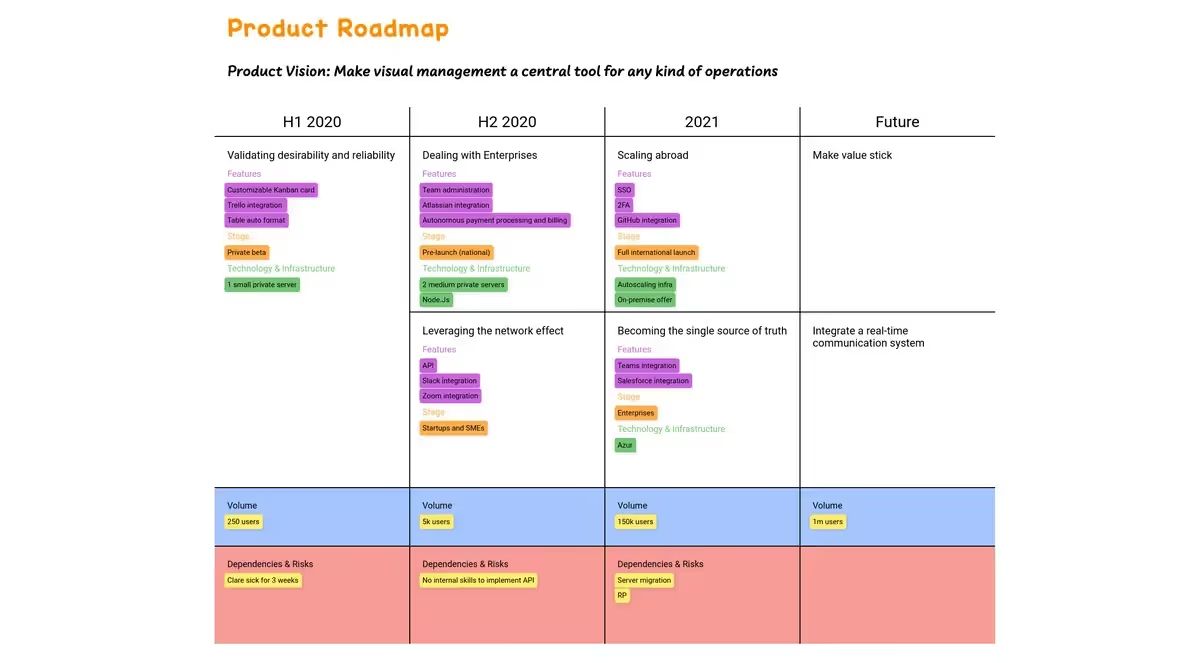
Why does the roadmap matter? ProductSchool’s team writes that a good roadmap becomes “the connective tissue between teams”. It turns strategy into a shared plan that helps people prioritise their work and manage expectations. Engineers see what’s coming and can make sound architectural choices. Designers use it to schedule research and prototyping. Leaders see how investments tie back to company goals. Sales and marketing teams know when to speak with customers. A clear roadmap brings teams together and stops feature creep because everyone understands the rationale and timing.
Core concepts and foundations
Before you learn how to develop a product roadmap, you need a few foundations: strategy, research and metrics.
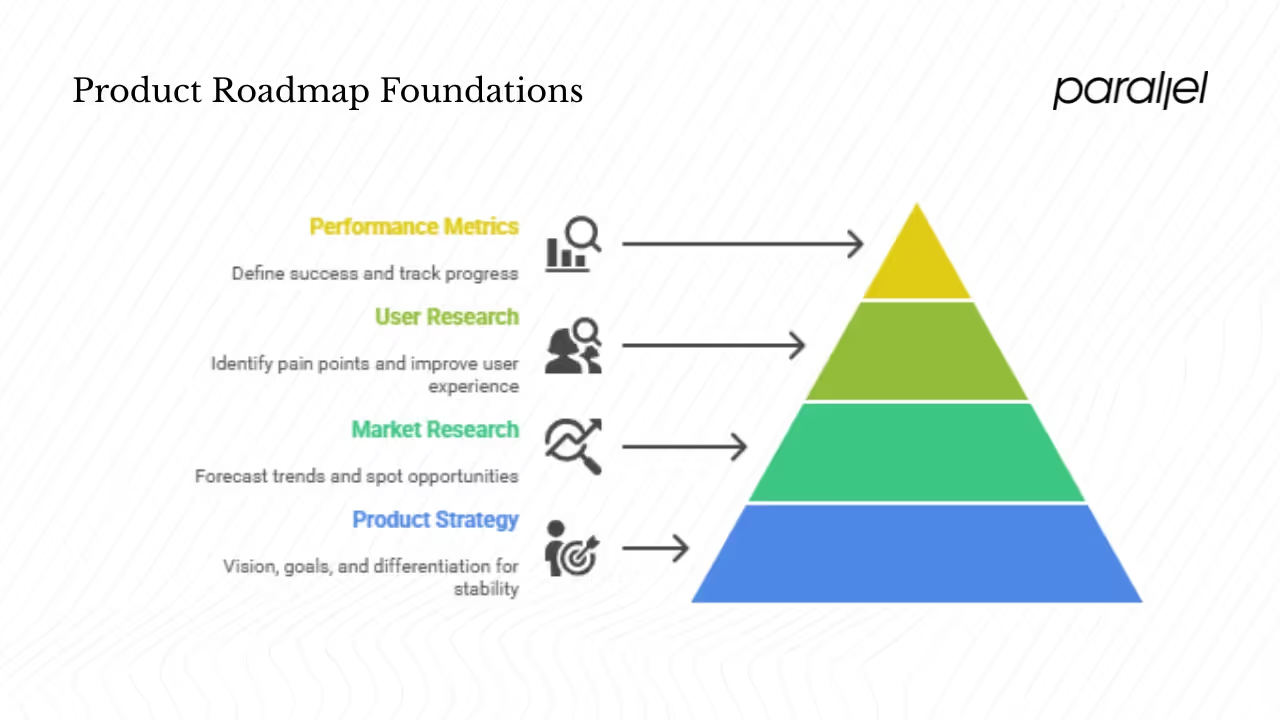
1) Product strategy – Your strategy clarifies the problem you solve, who your users are and why you will win. Research shows that many teams lean heavily on internal direction while others balance customer feedback and competitor insights. The lesson: write down your vision, goals and differentiation so the roadmap has a stable foundation.
2) Market research and competitive analysis – Keep an eye on your market. Machine intelligence tools are helping product teams forecast trends and anticipate shifts. Pair those tools with conversations with customers and competitive audits to spot opportunities.
3) User personas and user research – Talk to users early and often. Watching people use your prototype reveals pain points you might miss; one redesign we guided reduced time to first value by 30 percent because we saw where people got stuck.
4) Goals and performance metrics – Use objectives and result measures to define success. ProductPlan found that many teams struggle to communicate their strategy; sharing your goals widely and linking every roadmap item to a metric makes progress obvious.
Preparing to build the roadmap
Building a roadmap is a team sport. Prepare these elements before you start mapping work.
1) Stakeholder engagement – Identify and involve the right people: founders, engineering, design, sales, marketing and support. Collect their input through interviews or workshops to set shared expectations.
2) Resource allocation – Look at team capacity and adjust plans to match. Juan Agudo of ProductSchool urges teams to view roadmaps as living documents and adjust timelines based on real velocity.
3) Constraints and dependencies – Document technical, regulatory and scheduling constraints. Sequence features around critical dependencies like API readiness or compliance dates.
4) Risk assessment – List technical, market, resource and regulatory risks. Evaluate likelihood and impact and build mitigation plans.
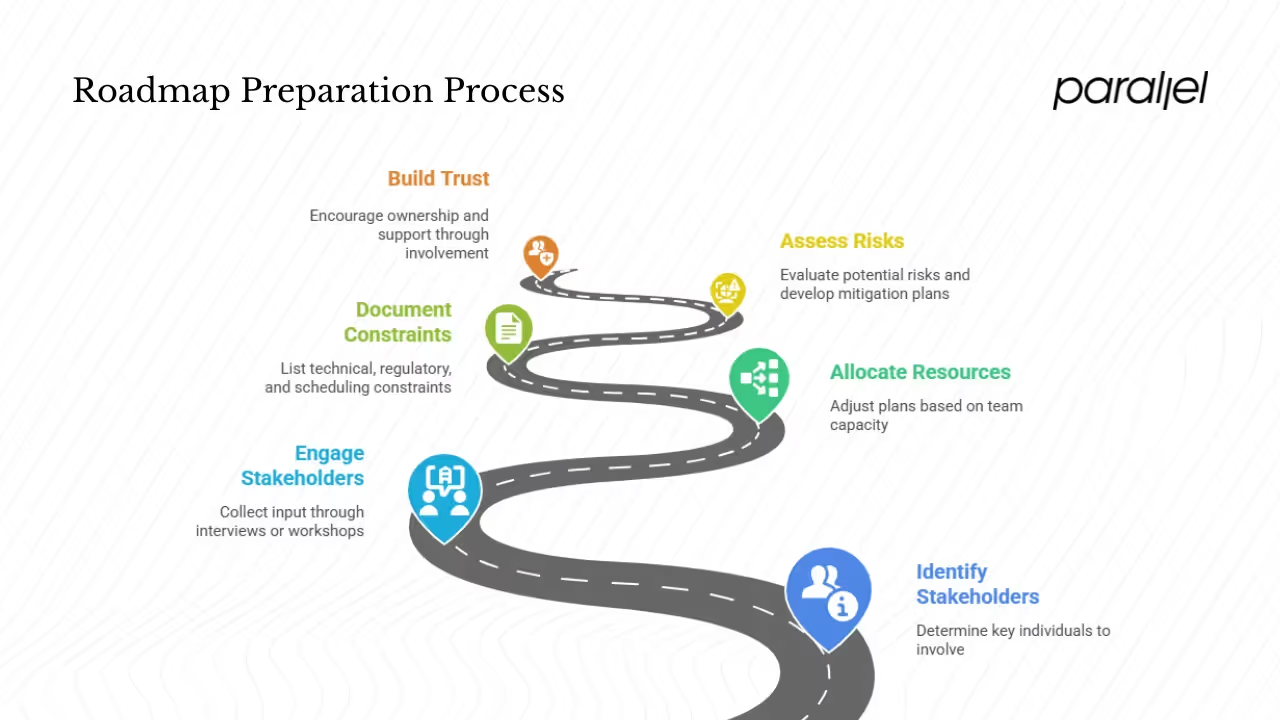
Stakeholder engagement is not only about collecting input; it is about building trust. Involving people early encourages ownership. When engineers see their concerns reflected and sales teams see customer pain points addressed, they are more likely to support the plan. At Parallel we often run lightweight workshops where each function shares what they think success looks like and what worries them. Those conversations surface trade‑offs and create shared language, setting the stage for building a product roadmap that people believe in.
Feature prioritisation and decision criteria
Choosing what to build is as important as building it. Prioritisation frameworks can bring structure:
- MoSCoW – Classify each item as Must‑have, Should‑have, Could‑have, or Won’t‑have.
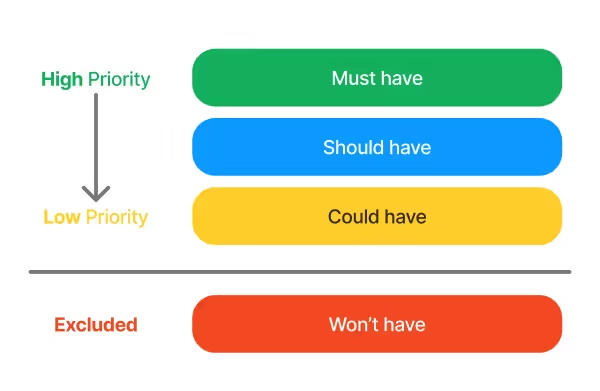
- RICE – Multiply Reach, Impact, Confidence, and Effort to score features. Higher scores rise to the top.
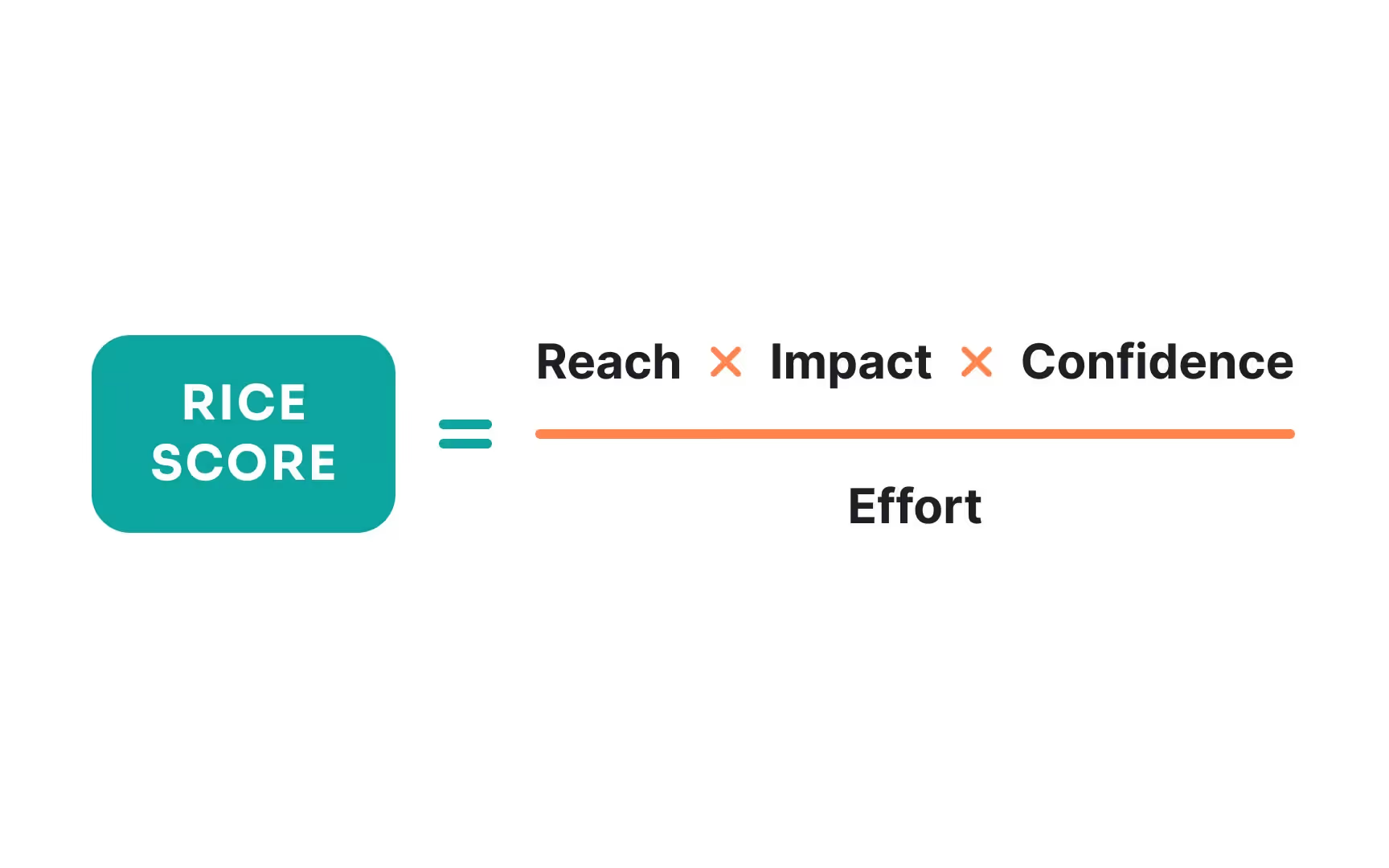
- WSJF (Weighted Shortest Job First) – Divide cost of delay by job size to prioritise work that delivers value quickly.
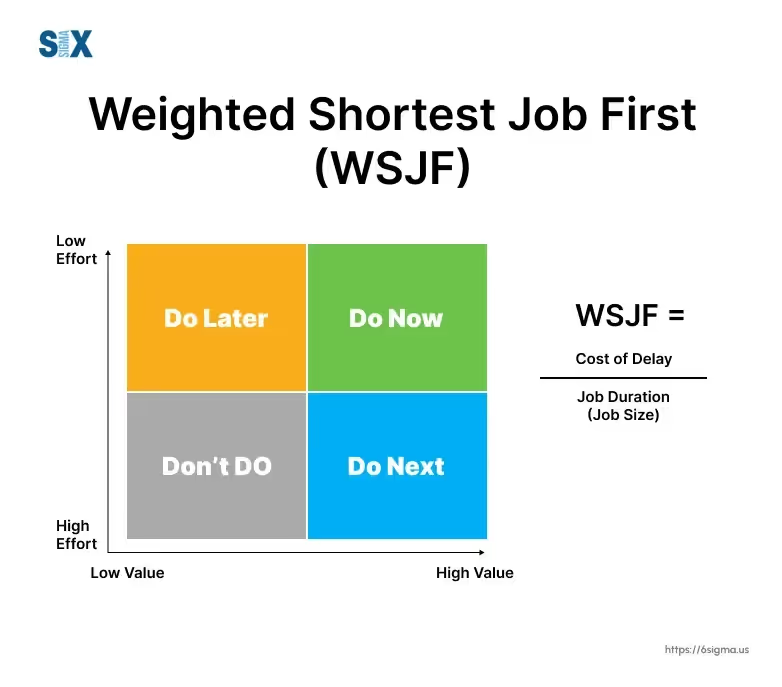
Use these tools as guides, not rules. Balance value, effort, risk, and dependencies. Ask if an item helps achieve your goals or unblocks other work. Be willing to say no or wait. Saying no frees capacity for the work that truly matters and reflects your strategy.
Milestones planning and timeline management
A roadmap spans short (few months), mid (six to nine months) and longer horizons. Short items need detail; longer items can be themes. Milestones like MVP, beta and full launch help teams celebrate progress and group work into themes instead of features. Avoid promising dates too early; communicate quarters or months and refine based on velocity. Use retrospectives to update estimates and stay transparent.
Roadmap visualisation and tools
How you present your roadmap depends on your audience. Common types include:
- Feature‑based roadmaps – List specific deliverables. Easy to understand but can encourage feature fixation.
- Outcome‑based roadmaps – Focus on goals (e.g., reduce onboarding time by 20 percent) rather than features. They bring teams together on results.
- Now–Next–Later roadmaps – Group work into immediate, near‑term, and future buckets. They communicate priority without firm dates.
- Agile roadmaps – Show themes by sprint or quarter and adapt as teams learn.
Visual formats range from timeline charts and board views to swimlanes by theme or team. Dovetail points out that a Gantt chart is a linear schedule, whereas a product roadmap communicates strategy and goals. Choose a more abstract format for executive updates and a detailed view for engineering planning. Tools like ProductPlan, Aha!, Jira Roadmaps, or simple spreadsheets and slides can help you build and share your roadmap. Pick one based on collaboration needs, not on features you’ll never use.
Choose your visual style based on your audience. Executives often prefer a big‑picture snapshot that ties work to company goals; engineers may need a more detailed board showing dependencies and status. For customers, a public roadmap with themes and upcoming releases is enough. Tools such as roadmapping platforms, whiteboards and slides make it easy to customise views. The goal is not perfection but clarity — your roadmap should help everyone see what matters and understand how to develop a product roadmap that tells a coherent story.
Putting it all together — building your roadmap
Here’s our process at Parallel for how to develop a product roadmap:
- Define your vision. Know why your product exists and who benefits.
- Research. Talk to users, audit competitors and study trends to validate your assumptions.
- Set goals and metrics. Choose outcomes and indicators that reflect user value and business health.
- Collect and prioritise ideas. Invite your team to propose features, then rank them using frameworks like RICE or MoSCoW.
- Plan horizons and milestones. Group features into near‑term, mid‑term or longer buckets. Identify MVP, beta and full launch points.
- Visualise and share. Pick a format your audience can grasp, share it widely and revise it as you learn.
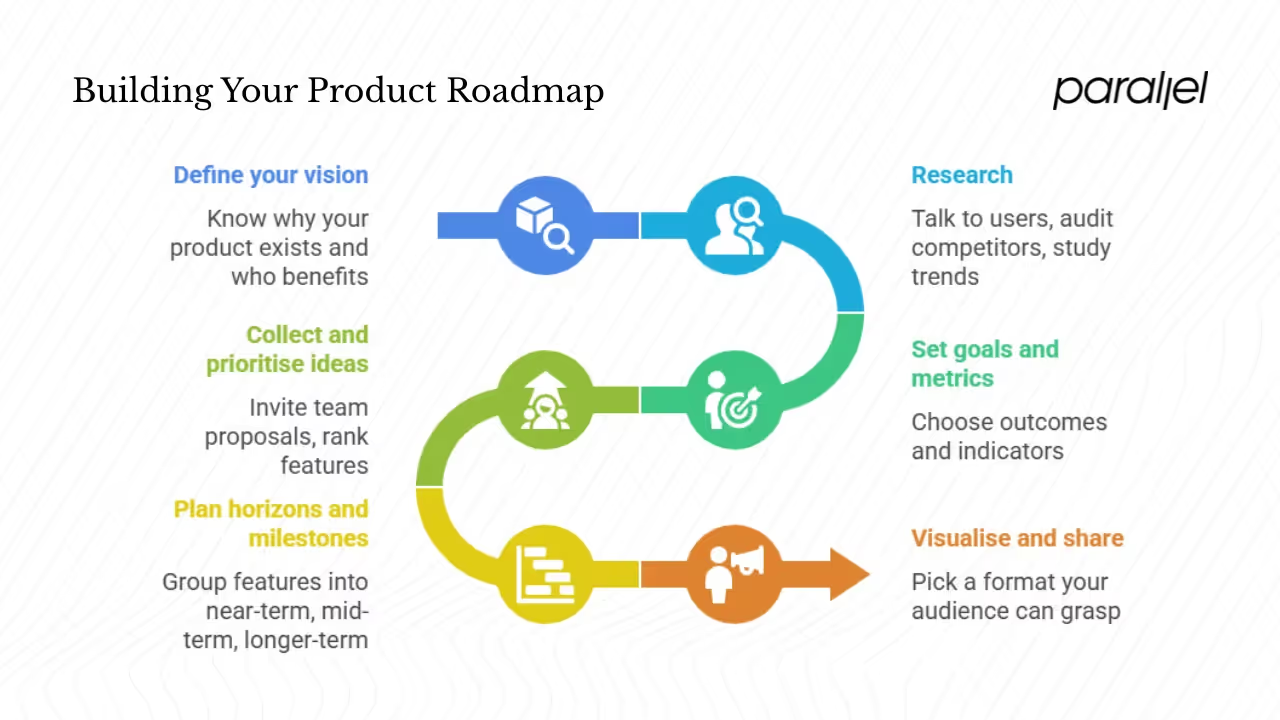
Example – A startup building a machine‑learning platform for small merchants learned through ten interviews that current tools are too complex and manual tagging is painful. They set a goal to cut integration time from two weeks to two days. By prioritising automated import and basic software kits and presenting a now–next–later roadmap, they kept focus and signalled future ambitions. This quick story shows how to develop a product roadmap by connecting research, goals and sequencing.
Feedback incorporation and roadmap maintenance
Establish feedback loops through user tests, stakeholder check‑ins and metric reviews. Update your roadmap on a regular cadence—monthly for young teams, quarterly for mature ones. ProductSchool’s report urges teams to view the roadmap as an adaptive process and adjust timelines based on real velocity. Keep a version history and explain changes to build trust.
Common pitfalls and how to avoid them
Even experienced teams make mistakes. Watch out for these traps:
- Over‑promising and locking in dates too early – Use relative time frames and refine as you learn.
- Focusing on features instead of outcomes – Frame items around problems to solve and outcomes to achieve.
- Lack of stakeholder involvement – When you build a roadmap alone, people ignore it. Involve your colleagues early and keep them in the loop.
- Letting the document grow stale – Set a schedule to review and update it.
- Maintaining conflicting versions – Use a single source of truth and create customised views for different audiences rather than separate documents.
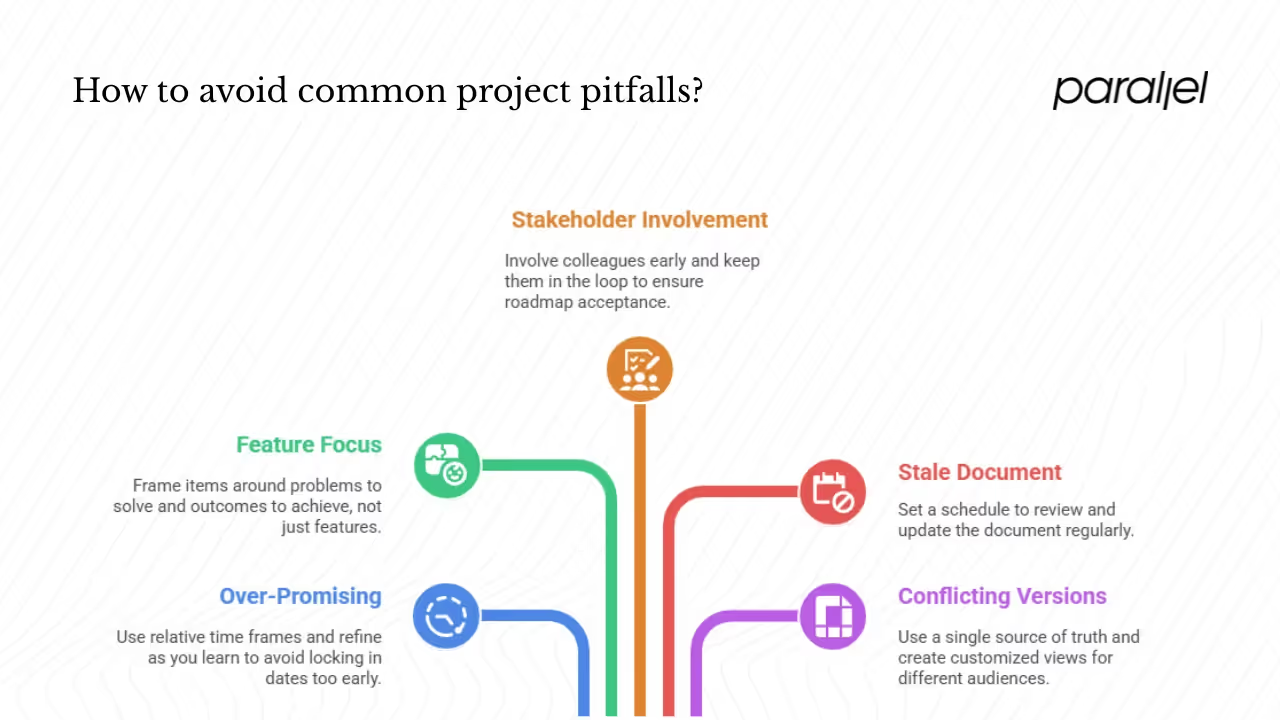
Integrating agile methodology
Agile methods encourage teams to respond to change. In an agile environment, the roadmap provides direction while leaving room to adapt. It guides sprint planning and release sequencing but doesn’t dictate tasks. Use short iterations, retrospectives, and time‑boxed sprints to refine your plan. Track metrics like velocity, burndown, and cycle time to see if you’re on track. When a sprint uncovers new information—like a feature taking longer than expected or a shift in customer feedback—update the roadmap. Because the roadmap groups work into themes and time horizons rather than fixed dates, adjustments are smoother. This approach reflects how teams develop a product roadmap that stays relevant under changing conditions.
Conclusion
A well‑crafted roadmap is much more than a timeline. It connects vision, strategy, action and learning. Start with a clear strategy rooted in market and user understanding; involve your colleagues and map constraints; prioritise by value and effort; plan milestones with flexibility; pick a visual that fits your audience; build the plan together and keep it up to date. How to develop a product roadmap is about practising a disciplined, adaptive process. Start small, iterate and involve your team. A living roadmap guides your product’s evolution, not dictates it.
Doing this consistently will pay dividends in reduced rework and happier teams for everyone.
FAQ
1) How do you develop a product roadmap?
Start by defining your vision and strategy, grounded in market and user research. Set goals and metrics, gather input from stakeholders, and prioritise features with frameworks like RICE or MoSCoW. Lay out milestones and time horizons, visualise the plan, share it, and update it regularly. Sections 2, 3, and 7 of this guide explain how to develop a product roadmap in detail.
2) How to build a product map?
A product map translates strategy into a sequence of outcomes, themes, and milestones. Follow the steps in Section 7: research, goal setting, idea collection, prioritisation, planning, visualisation, and iteration. Keep it broad and avoid fixing dates too early. This process shows how to develop a product roadmap and, by extension, a product map.
3) What are the three components of a product roadmap?
A sound roadmap includes (1) the why—your vision, strategy, and goals; (2) the what—the outcomes or themes that describe the problems to solve and the features that support them; and (3) the when—the time horizons or milestones. Dovetail explains that a roadmap covers your current status, desired direction, and the plan to get there.
4) How do I make my own roadmap?
Use the process in Section 7. Write down why your product exists and who it serves. Conduct market and user research to validate your assumptions. Set goals and choose metrics. Collect feature ideas from your team. Prioritise them, group them into themes or horizons, and visualise the plan. Share it, get feedback, and refine it. With practice, how to develop a product roadmap becomes a collaborative skill that improves over time.



.avif)









